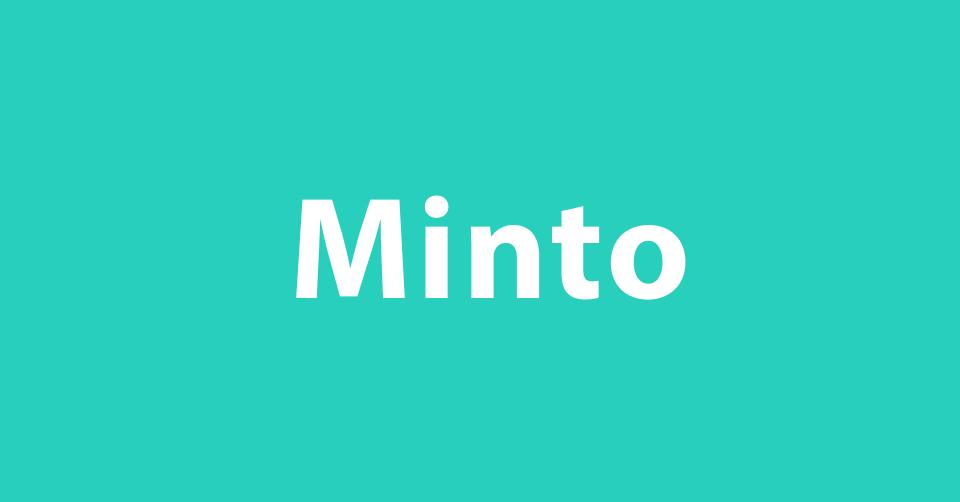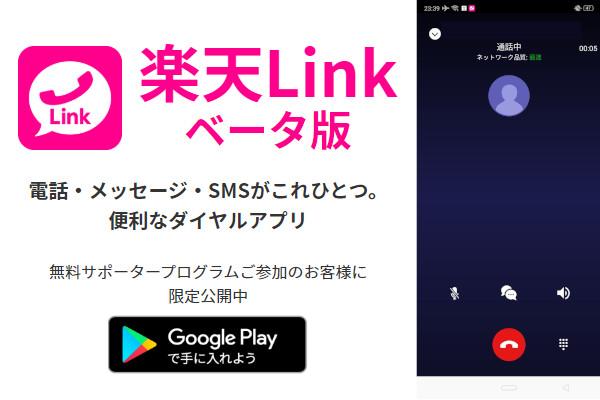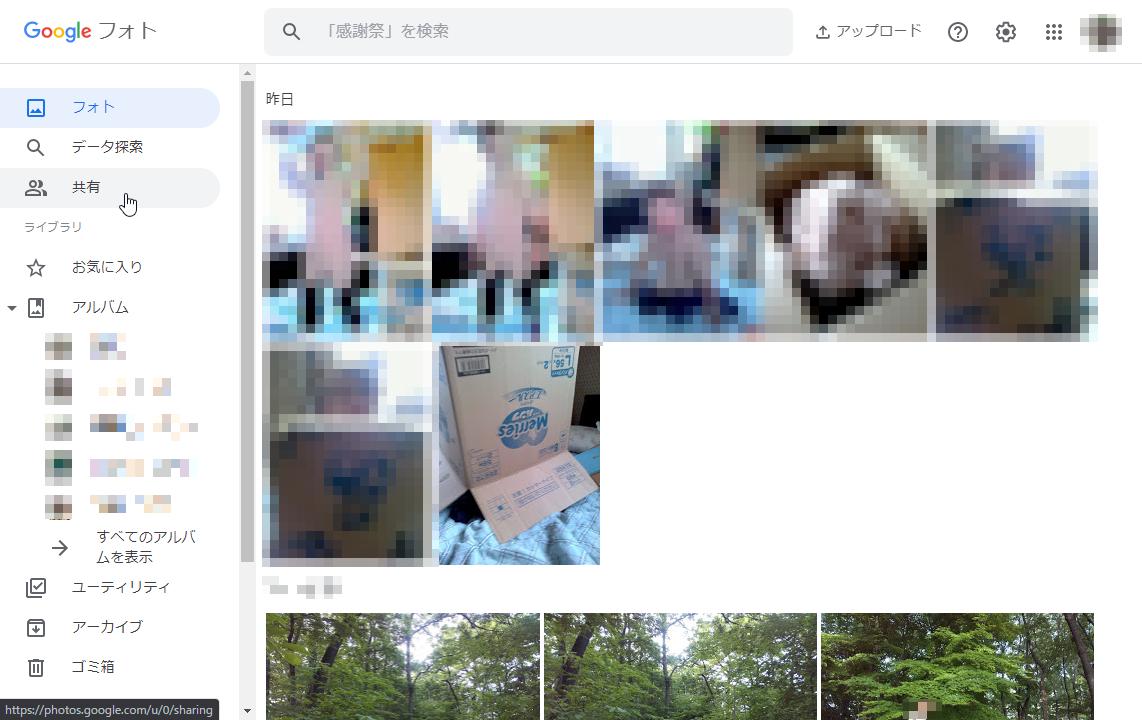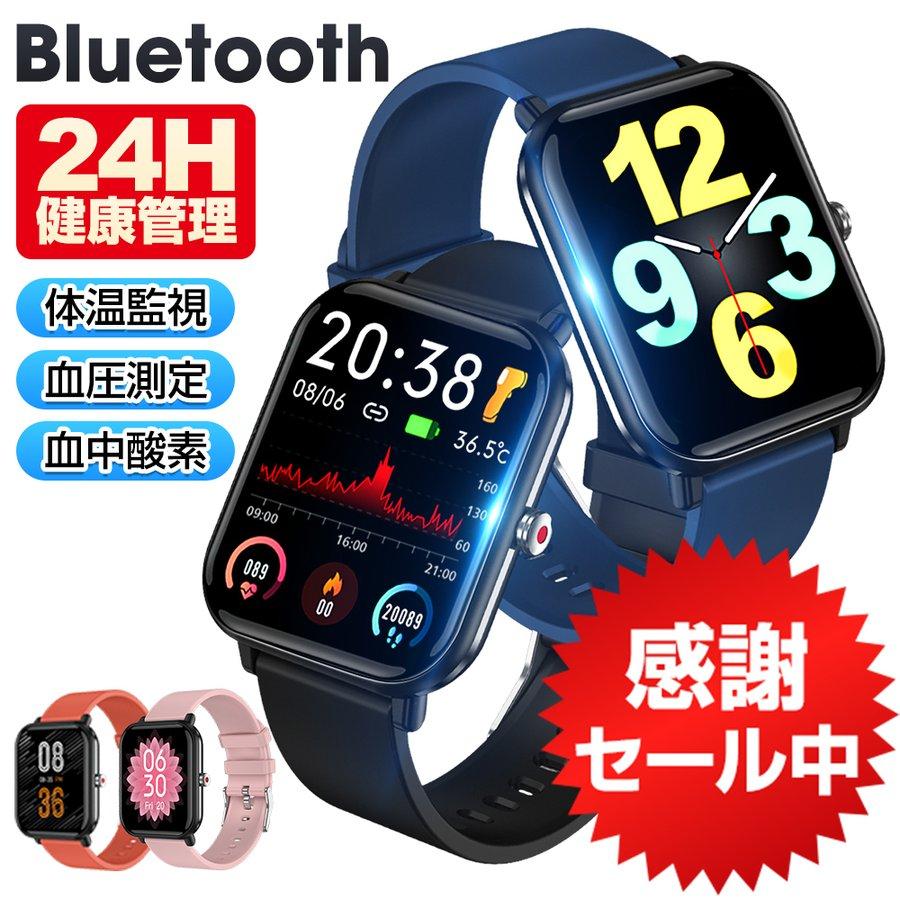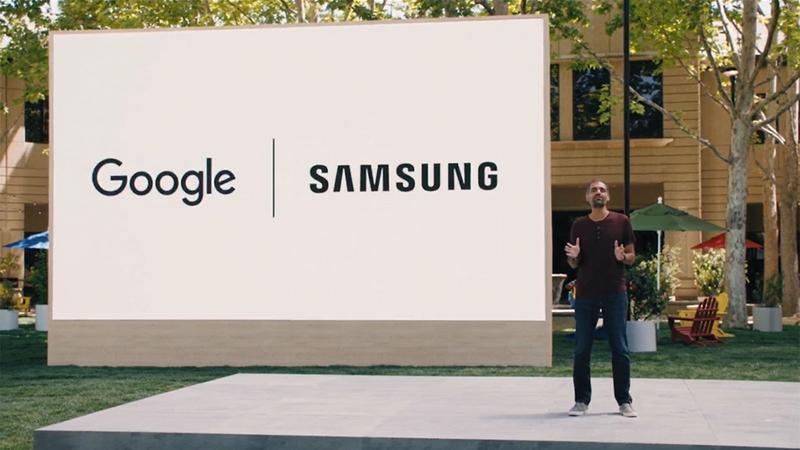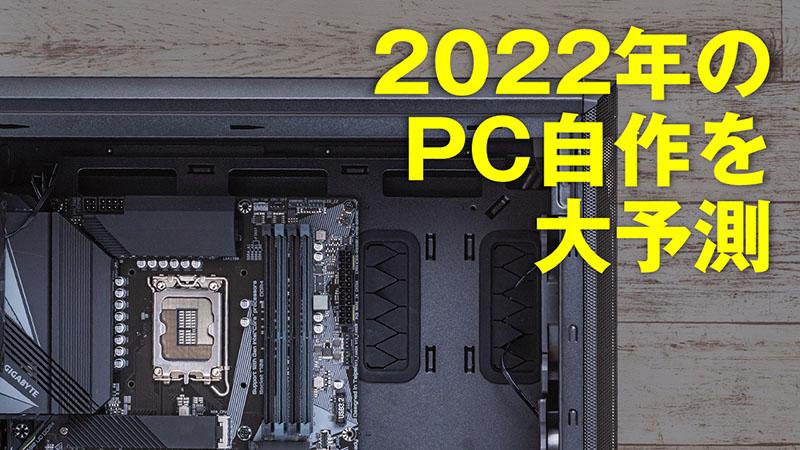The successful experience of "Touch ID" and the crisis facing "Face ID"
The home button with Touch ID was highly praised as a symbolic existence that enhances the usability of the iPhone.
The misrecognition rate of Touch ID, which was 1/50,000, has been improved to 1/1,000,000 with Face ID, and a mechanism to detect whether the eyes are open has also been introduced. I came to confirm that "the person has the intention of unlocking" more.
This Touch ID was a successful experience for Apple in its attitude of not giving up on both user experience and security.
Security based on the "basic passcode" that continues today
As I have explained from time to time in my explanation of privacy, Apple does not send data to the cloud server as much as possible, and stores and stores it in the terminal. We have tried to preserve privacy by processing.
For that reason, not only the iPhone but also the Mac is equipped with a powerful machine learning engine, the Neural Engine. Especially for mobile devices, it was common knowledge that machine learning processing could be performed in Amazon or Google's cloud instead of inside the device, so that higher processing performance could be utilized. As a result, customers were forced to take the option of entrusting their personal information to these companies' servers.
The motivation behind Apple's introduction of the Neural Engine to the iPhone and the dramatic improvement in machine learning processing performance within the device is that Apple's privacy performance is maintained at a high level while allowing customers to utilize machine learning processing. It's for testing the application.
Since the introduction of the iPhone, Apple has protected personal information on the iPhone by locking the device with a 4-digit passcode. . The current iOS standard is a 6-digit passcode, and you can also set a longer password that includes non-numeric characters (I use it as a password).
However, from 2007, when the iPhone first went on sale, to the present, the number combination passcode remains the number one method of locking iPhones.
Problem Solving and Results
A typical user unlocks their iPhone about 80 times a day. If you sleep for 7 hours, you wake up 80 times in 17 hours. That's about 5 unlocks per hour.
When you hear that, you probably think you unlock more often in an hour. You don't have to unlock it when you receive a call, but you do need to unlock it to use email, LINE, and other apps. also increases.
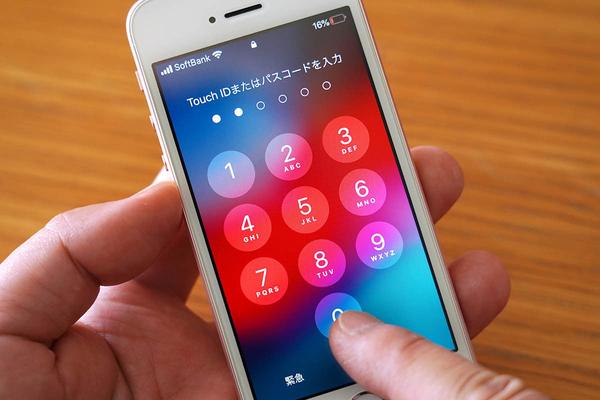
Before the introduction of biometrics, a 4-digit passcode was required for every 80 unlocks. In other words, I spent 320 taps a day just looking at the contents of my iPhone. As a result, I often saw people setting the same four-digit number, especially 6 and 9, which were the closest numbers they could hold with their right hand, and many people did not set a passcode in the first place. According to Apple, only 49% of iPhones had passcodes before Touch ID was introduced, and half of the iPhones were unlocked.
As mentioned above, the passcode is the biggest locking method for the iPhone, and if it is not set, no matter how much Apple improves privacy performance, the original security cannot be maintained and various information can be viewed as much as you want. turn into.
In order to break through this situation, the user can set a passcode while demonstrating high usability so that the user does not have to useless taps every day. The prospect was a resounding success. This is because the passcode setting rate after the introduction of Touch ID rose to 92%.
Mask measures and elimination of passcode dependence
The 2020 COVID-19 epidemic has put masks in daily life, and iPhone locks are once again in danger.
Face ID is a mechanism that mathematically processes and stores the 2D data and depth data of the face and compares it with the data read by the TrueDepth camera. It means that half of the information that is used for the data is lost, and it becomes impossible to collate it.
As a temporary measure, Apple will stop attempting face authentication when a face wearing a mask is detected, and immediately display the passcode input screen so that you can unlock without waiting. took measures to However, this was unpopular with users. People don't want to enter a passcode to use their iPhone, as evidenced by the change in passcode setting rates before and after the introduction of Touch ID.
Therefore, Apple introduced the following measures in iOS 14.5. When paired with an Apple Watch, when the face of the mask is detected, it searches for an Apple Watch worn by the person nearby, and unlocks the iPhone if it finds it. This is the unlocking method introduced to Macs as well.
Your Apple Watch emits an unlocking sound and vibration to let you know that your Apple Watch has been used to unlock it. If you unlock it unintentionally, you can lock your iPhone immediately by tapping the Apple Watch screen.
But there are two big problems here.
First, you need an Apple Watch. Since it is not authenticated by the iPhone alone, if you do not have an Apple Watch, you will not be able to benefit from the new function of unlocking while wearing a mask. It can be said that it is a response that does not seem to be a basic Apple product.
It's a marketing gimmick, and it may provide an incentive to increase the "Apple Watch penetration rate among iPhone users." Apple Watch is currently premised on pairing with iPhone except for family sharing settings, and "Apple Watch penetration rate among iPhone users" is an important indicator of Apple Watch penetration. By the way, the iPhone's active user base is 1 billion units, and the maximum active user base for the Apple Watch is also here.
Another problem is that even with the Apple Watch authentication involved, the fact remains that numeric passcodes are still the number one method of locking an iPhone.
When performing Apple Watch authentication, the iPhone must be unlocked with a passcode and biometric authentication can be used, and the Apple Watch must also be unlocked with a 4-digit passcode, or the passcode of the iPhone after wearing it on the wrist The condition is to be unlocked by
In other words, if both the iPhone and the Apple Watch are unlocked with a passcode, if a face other than your own wearing a mask comes in front of you, your iPhone will be unlocked. Noda. Even though it's an emergency evacuation measure, I think it's a problem that there are conditions that allow unlocking without biometric authentication at all.
When will Apple take biometrics over passcodes? The key to this is likely to be the change in the implementation method of the Secure Neural Engine introduced last time.
Author: Taro Matsumura
Taro MatsumuraBorn in 1980, journalist and author. He completed his master's degree at the Keio University Graduate School of Media and Governance. Keio University SFC Research Institute senior staff (visit), Castalia Co., Ltd. Director and Research Manager, Business Breakthrough University Lecturer. Recent publications include "LinkedIn Start Book" (published by Nikkei BP), "Smartphone New Era" (published by NTT Publishing), and "Introduction to Social Learning" (published by Nikkei BP). The Twitter account is "@taromatsumura".
Click here for a list of articles by this author
